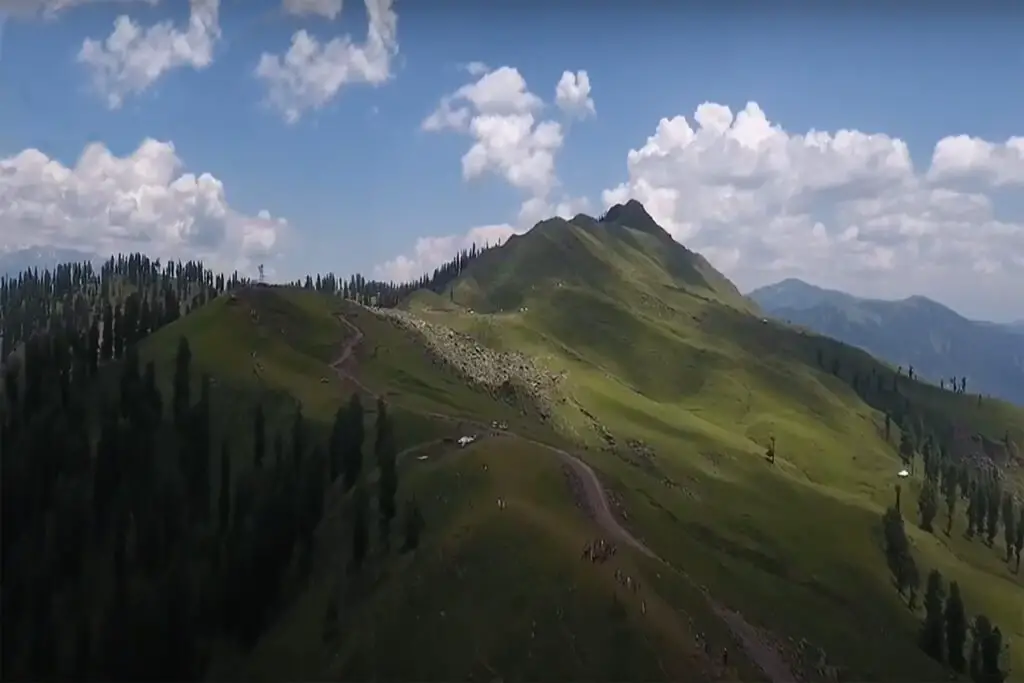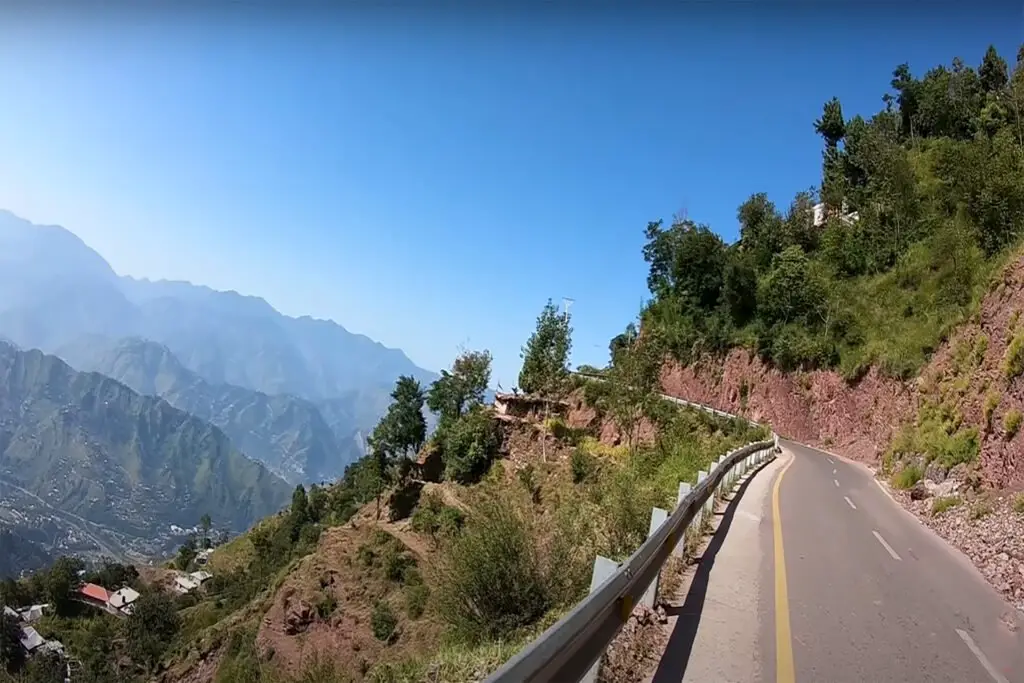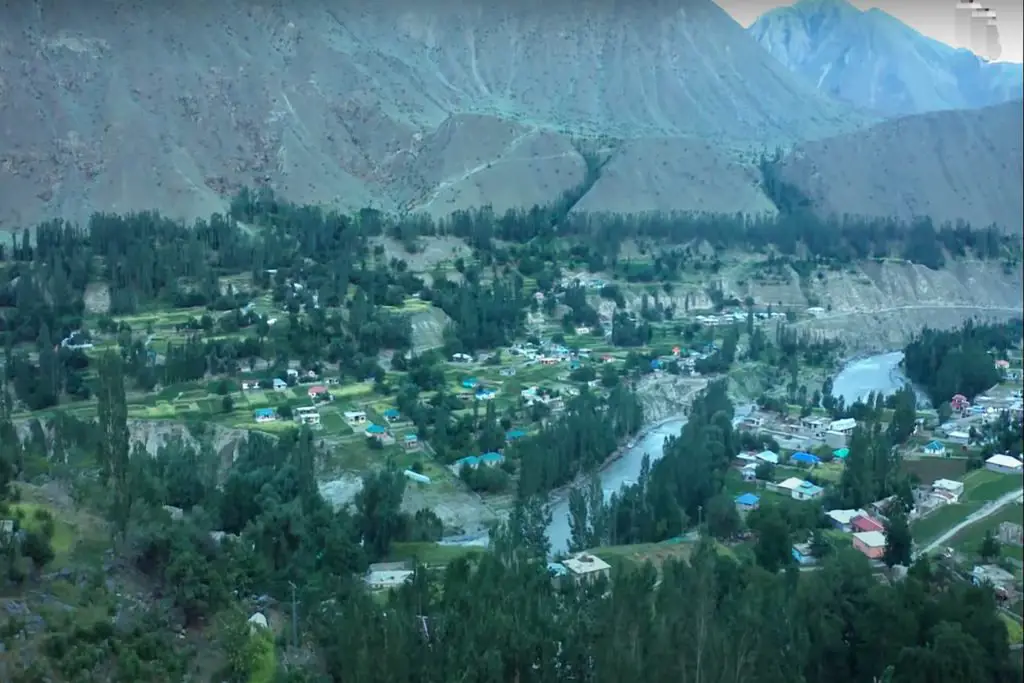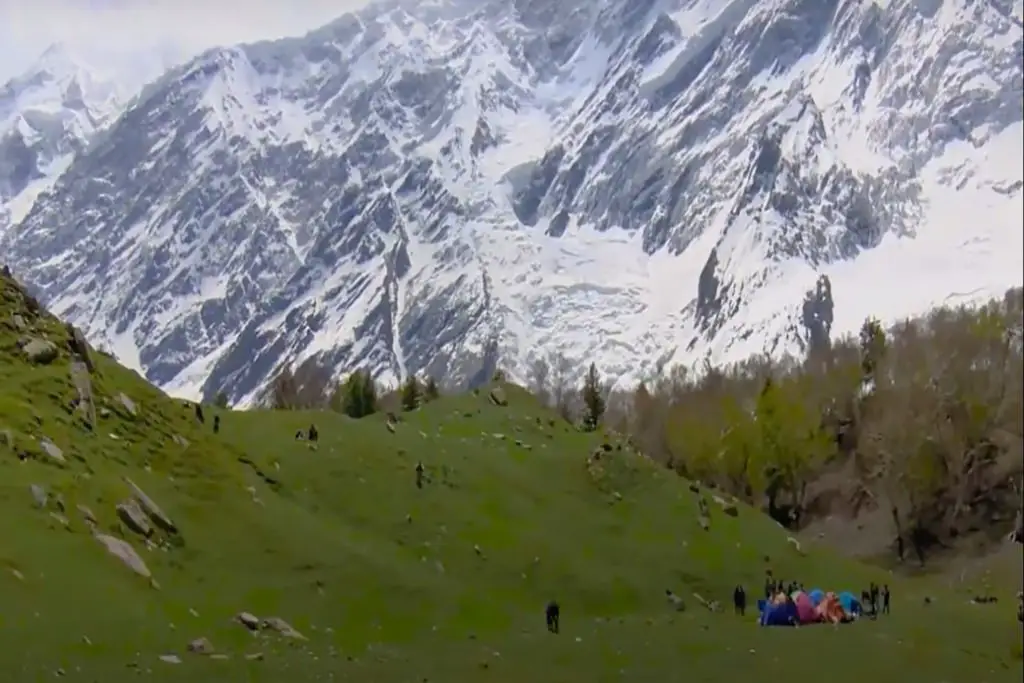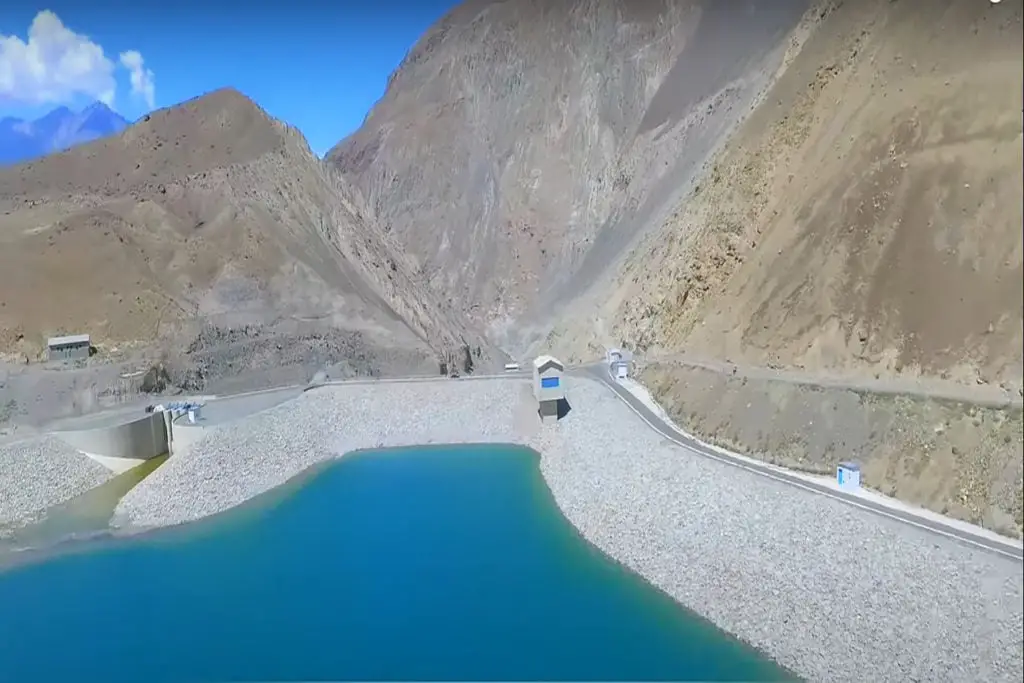K2 mountain, also known as Mount Godwin Austen, is the second-highest but technically most difficult mountain in the world, standing tall at 8,611 meters (28,251 feet). It is located in the Karakoram Range, on the border between Pakistan and China. K2 is known for being one of the most challenging mountains to climb due to its extreme difficulty.
First Summit of K2 Mountain
K2 was first surveyed by British explorers in 1856 and was given the name “K2” because it was the second peak in the Karakoram Range to be measured. It is also known as Mount Godwin-Austen, named after a British surveyor who worked extensively in the region.
The first successful ascent of the peak was made in 1954 by an Italian expedition led by Ardito Desio. Since then, several expeditions have attempted to climb the mountain, with varying degrees of success. Despite its reputation as a challenging climb, thousands of mountaineers from around the world attempt to climb K2 every year.
K2’s steep slopes, unpredictable weather conditions, and high altitude make it a formidable challenge. Climbers face treacherous terrain, including ice falls and crevasses, which can be extremely dangerous. The unpredictable weather patterns and sudden changes in temperature add to the risk. K2’s steepness and harsh conditions make it a much more difficult climb than Mount Everest, the highest mountain in the world.
K2 BaseCamp Trek
The trek to the base camp of K2 is an adventure in itself. The trail passes through spectacular mountain landscapes and offers breathtaking views of glaciers, icefalls, and high peaks. It is a challenging trek that requires physical fitness, endurance, and preparation. The trek can take up to two weeks and requires camping along the way.
K2 has a unique place in mountaineering history due to its difficulty and beauty. The mountain is also home to several indigenous communities, including the Balti people, who have lived in the area for generations. The Balti people are known for their hospitality and their rich culture, which includes music, dance, and handicrafts.
Full name of K2
The full name of K2 is Mount Godwin-Austen, named after Henry Haversham Godwin-Austen, a British surveyor who worked extensively in the region.

Why is it called the K2?
Mountain is called “K2” because it was the second peak in the Karakoram Range to be measured and identified. The mountain was first surveyed by British explorers in 1856, and at that time, it was given the name “K2” as a temporary placeholder until a more suitable name could be found. The name stuck and became its official name.
How much does it cost to summit K2 in Pakistan?
Summiting K2 in Pakistan is a significant financial undertaking, and the cost can vary depending on several factors such as the type of expedition, the number of climbers, the length of the expedition, and the level of support and services provided.
The cost of a fully-supported expedition can range from $40,000 to $100,000 or more per person (Please re-check the current prices). This cost typically includes the following expenses:
- Expedition fees
- Climbing permit fees
- Transportation to/from the mountain
- Food and supplies for the duration of the expedition
- Professional guides and support staff
- High-altitude equipment and supplies
- Oxygen tanks and masks
- Rescue insurance
- Accommodation before and after the expedition
It is important to note that the cost of a K2 expedition can also vary depending on the level of experience and expertise of the climber. Less experienced climbers may require additional training and support, which can add to the overall cost of the expedition.
Overall, summiting K2 is a significant investment that requires financial planning, preparation, and dedication. It is essential to work with a reputable expedition company and to thoroughly research and plan for all aspects of the climb to ensure a safe and successful summit attempt.
What is special about K2?
K2 is a unique and special mountain for several reasons:
It is the second-highest mountain in the world: K2’s peak stands at 8,611 meters (28,251 feet) above sea level, making it the second-highest mountain in the world after Mount Everest.
It is one of the most challenging climbs: It is known as one of the most difficult and challenging mountains to climb due to its steep slopes, unpredictable weather conditions, and high altitude.
Its location in the Karakoram Range: Mountain is located in the Karakoram Range, a mountain range that stretches over 500 kilometers and includes several of the highest peaks in the world. The Karakoram Range is also known for its rugged and remote terrain, making it a unique and challenging location for mountaineering.
Its cultural significance: K2 is located in a region that is home to several indigenous communities, including the Balti people, who have lived in the area for generations. The region has a rich cultural history, including music, dance, and handicrafts.
Its beauty: K2 and the surrounding Karakoram Range offer stunning views of glaciers, icefalls, and high peaks. The area is a popular destination for adventure travel and trekking, attracting visitors from around the world.
Overall, K2’s combination of physical challenge, cultural significance, and natural beauty make it a unique and special mountain that captures the imagination of adventurers and mountaineers from around the world.
Is K2 colder than Everest?
Yes, K2 is generally colder than Everest. While both mountains are located in the same general region and experience extreme cold and harsh weather conditions, Mountain’s location further north in the Karakoram Range means that it is subject to even colder temperatures.
K2’s proximity to the polar jet stream also means that it experiences stronger winds and more frequent storms than Everest, adding to the challenge and danger of climbing the mountain. Additionally, K2’s steeper slopes and more technical climbing routes make it a more difficult and dangerous climb than Everest, even in favorable weather conditions.
Overall, while both K2 and Everest are among the most challenging and extreme environments on Earth, K2’s location and climate make it a more formidable and challenging mountain to climb.
Littering & Garbage Issue
The pristine beauty of K2, a symbol of nature’s grandeur and a testament to human endurance, was marred by a disheartening sight: piles of garbage left behind by climbers. The videos and photos captured the aftermath of a busy climbing season in July 2022, revealing the stark contrast between the majestic snow-covered slopes and the litter strewn across the landscape.
As climbers embarked on the arduous journey to conquer the second-highest mountain in the world, the sheer magnitude of their ambition was overshadowed by the neglect for the environment. Shredded tents, discarded ropes, and plastic waste littered the once untouched terrain, painting a grim picture of the impact human activity can have on fragile ecosystems.
The issue was further compounded by the exceptionally hot summer, which attracted an unprecedented number of visitors to K2. The surge in footfall, combined with inadequate waste management systems and a lack of awareness, resulted in a buildup of garbage that posed a serious threat to both local populations and wildlife.
The presence of such debris not only mars the natural beauty of the mountain but also poses significant environmental and ecological risks. The fragile ecosystem of the Himalayas, with its delicate balance of flora and fauna, is ill-equipped to handle the indiscriminate disposal of waste materials. The plastic pollution, in particular, can take hundreds of years to decompose, posing a long-term threat to the surrounding environment.
These images serve as a stark reminder of the importance of responsible mountaineering and sustainable practices. Climbers, as custodians of these awe-inspiring landscapes, bear a responsibility to leave no trace and minimize their impact on the fragile ecosystems they traverse. This entails adhering to strict waste management practices, carrying back all non-biodegradable waste, and promoting a culture of environmental stewardship among climbers and support staff.
Efforts are underway to address the issue and mitigate the damage caused. Local authorities, conservation organizations, and concerned individuals are working together to raise awareness about responsible climbing practices and implement effective waste management systems. Education campaigns, clean-up initiatives, and stricter regulations are being considered to prevent the recurrence of such environmental degradation.
The incidents at K2 serve as a wake-up call for the mountaineering community and the global public alike. It is imperative that we recognize the need to protect and preserve these natural wonders, not only for the benefit of current and future generations but also to uphold the intrinsic value of our planet’s biodiversity.
As we reflect on the videos and images capturing the litter-strewn slopes of the peak, let us strive to foster a sense of responsibility and respect for the natural world. Only through collective action and a commitment to sustainable practices can we ensure that the world’s highest peaks remain pristine, allowing future generations to marvel at their beauty and find inspiration in their grandeur.
In conclusion, K2 is an awe-inspiring mountain that holds a special place in the hearts of mountaineers and adventurers around the world. With its sheer size, breathtaking beauty, and formidable reputation, it is a true testament to the power of nature and the human spirit. Whether viewed from afar or climbed to its summit, K2 is a mountain that will continue to captivate and inspire for generations to come.


